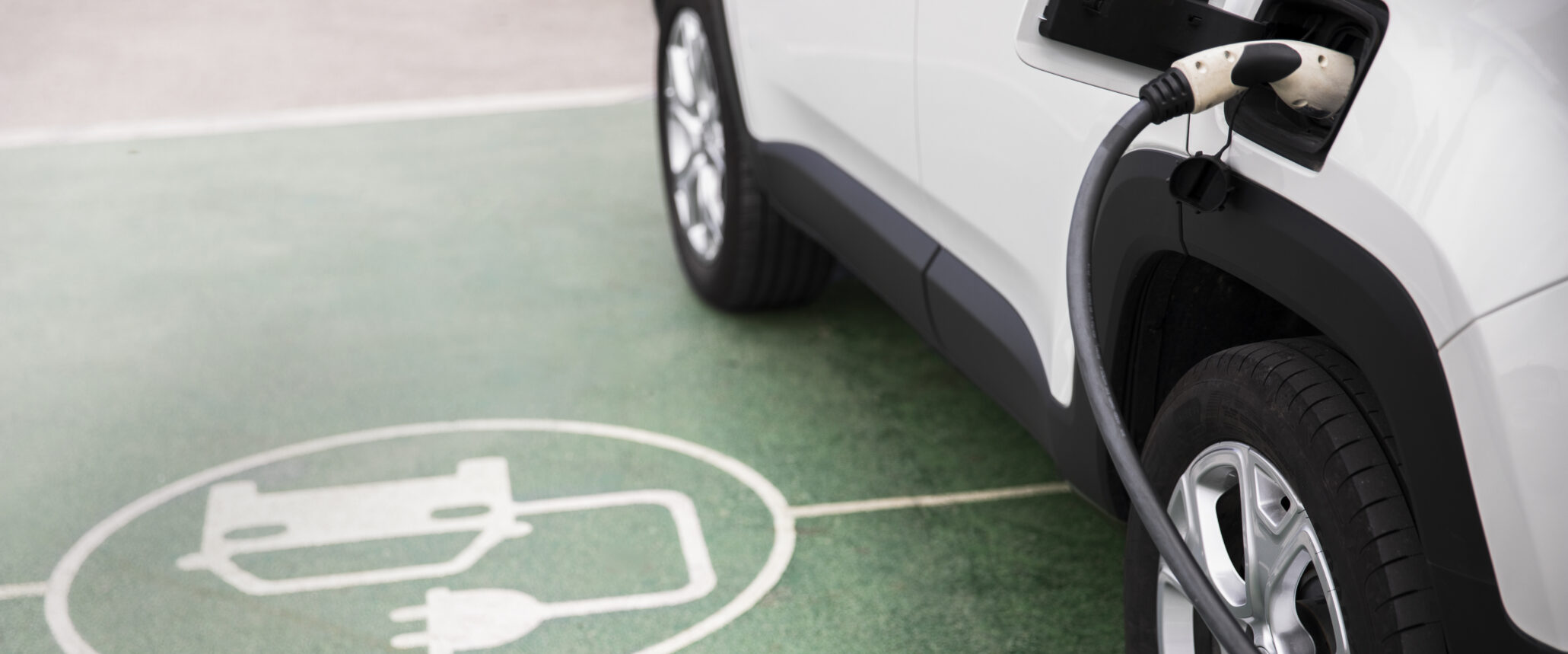Implementing the ZEV Mandate in the UK
The ZEV Mandate hasn’t happened overnight – it’s been shaped through years of consultation and policy decisions.
- From April to June 2022, the Government ran a consultation on:
- the level of ZEV uptake (trajectories)
- Allocation and use of certificates
- Banking, borrowing and transfer of ZEV certificates
- Possible derogations and exemptions within the ZEV mandate
- Regulation the non-ZEV portion of the fleet.
EVA England contributed to this consultation as part of a coalition campaigning for a strong mandate. Following this consultation, the UK government announced the results of ZEV Mandate in March 2023, confirming the 2030/35 dates and the trajectory from 22% in 2024 to 100% by 2035 for new cars.
- In December 2024, Transport Secretary Heidi Alexander launched a new consultation, focusing on measures to support the industry in the costs of meeting the new 2030 phase-out date.
This public consultation called for stakeholders in the EV space, including drivers, to share their views on the current state of the transition, the technicalities of the ZEV Mandate itself, and what policies the Government should consider next to ensure EV uptake continues rising in accordance with upcoming decarbonisation targets.
EVA England set out the key challenges that we believe are slowing the EV transition, including upfront costs and disparities around reliable access to charging, and a set of recommendations to tackle them and support drivers.
EVA England ran member workshops and surveys during the consultation period to ensure the voice of EV drivers was heard in this consultation, and launched the Key Steps to Driving ZEV Demand report as part of our consultation response.

